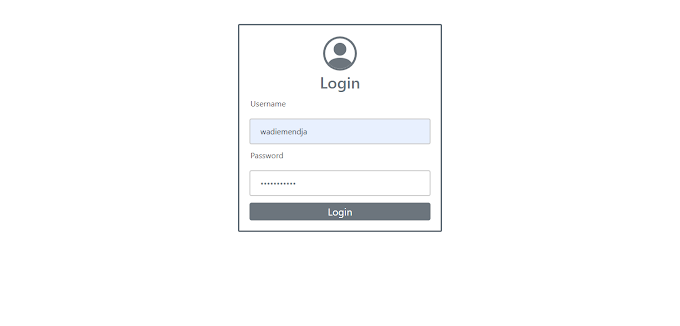An Express authentication app is an application that allows users to securely log in and authenticate themselves to access protected resources or perform certain actions on the server. It typically includes a login page where users can enter their credentials (such as a username and password), and a set of routes that require authentication to access.
Here's a high-level overview of how an Express authentication app might work:
- The user visits the login page and enters their credentials.
- The server validates the user's credentials and creates a session for the user.
- The server sets a session ID cookie on the user's browser to identify the session.
- On subsequent requests, the server checks the session ID cookie to see if the user is logged in.
- If the user is logged in, the server allows them to access protected resources or perform certain actions.
- If the user is not logged in, the server redirects them to the login page.
To implement an Express authentication app, you'll typically use a combination of middleware (such as express-session for session management and passport for authentication), routes, and templates (such as ejs or pug) for rendering pages and handling user input.
The specifics of how you implement authentication will depend on your app's requirements and the authentication strategy you choose (such as username/password, OAuth, or JWT). However, the basic concepts of validating user credentials, managing sessions, and protecting resources will be similar across most authentication apps.
Here's an example of a simple authentication Express app with a basic HTML login page and home page: First, create a new directory for your project and navigate into it:
>> mkdir authentication-app
>> cd authentication-app
Next, create a new package.json file:
>> npm init
Install the necessary dependencies:
>> npm install express body-parser express-session
Create an index.js file:
In this example, we are using the body-parser middleware to parse the form data submitted from the login page, and the express-session middleware to handle user sessions.
The login page is served using the get method on the root route (/), and the login form is submitted using the post method on the /login route. If the username and password are correct, a session variable is set to indicate that the user is logged in, and they are redirected to the home page (/home). If the username and password are incorrect, an error message is displayed.
The home page is served using the get method on the /home route. If the user is not logged in, they are redirected back to the login page.
To run the app, use the command:
>> node index.js
Then open a browser and navigate to http://localhost:3000 to view the login page.
'secret-key' or 'secret' in the code is a secret key used to sign the session ID cookie. The session ID cookie is used to identify the user's session and authenticate subsequent requests. By signing the cookie with a secret key, we can ensure that the cookie has not been tampered with and that it has originated from our application. In the example I provided, the secret key is set as a hard-coded string. In practice, you should use a more secure method of generating a random, unpredictable string for the secret key, such as using a library like crypto in Node.js.
In an Express session middleware configuration, the saveUninitialized and resave options control how the middleware behaves with regard to saving and initializing sessions.
- The saveUninitialized option determines whether a new, uninitialized session should be created for each new request. If set to true, a new session will be created even if the request does not modify the session data. If set to false, a new session will only be created if the session data is modified. Setting this option to false can help improve performance and reduce storage requirements, especially for sessions that are used infrequently or have a lot of data.
- The resave option determines whether the session should be saved even if it was not modified during the request. If set to true, the session will be saved on every request, regardless of whether the session data was modified. If set to false, the session will only be saved if the session data was modified during the request. Setting this option to true can help ensure that the session is always saved, even if the data was not modified, but it can also increase the workload on the server and lead to unnecessary writes to the session store.






0 Comments